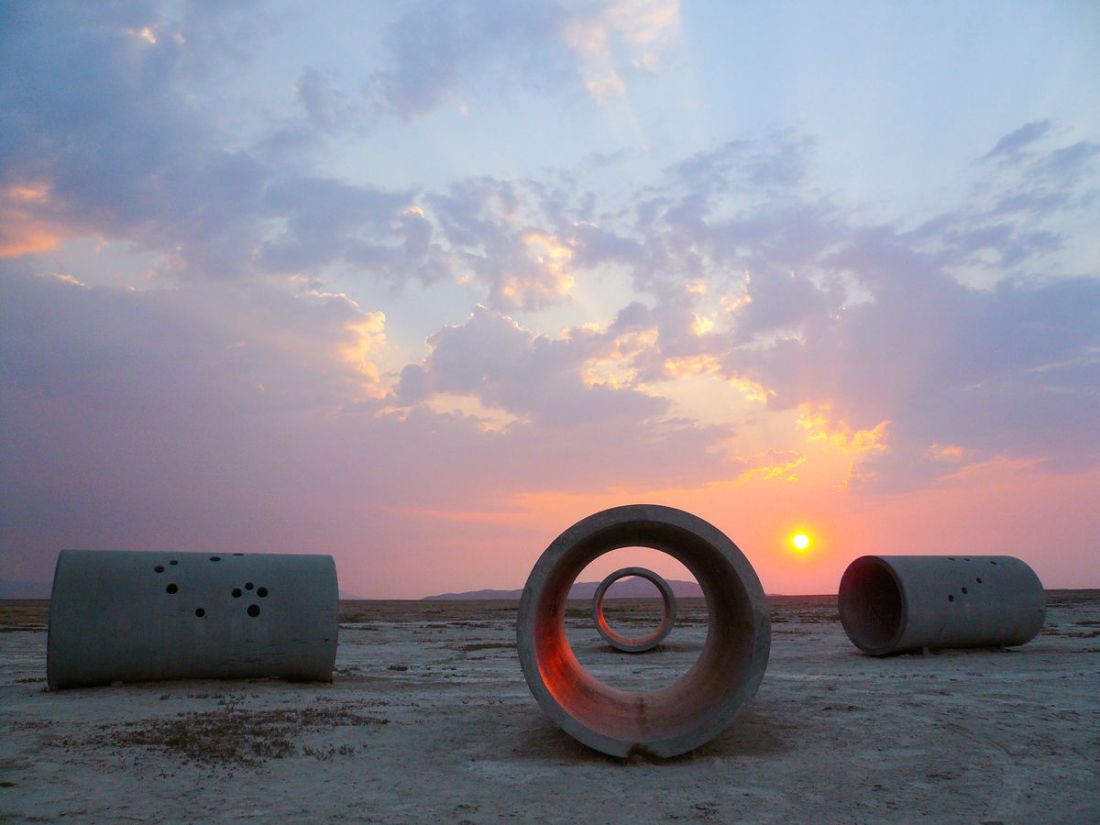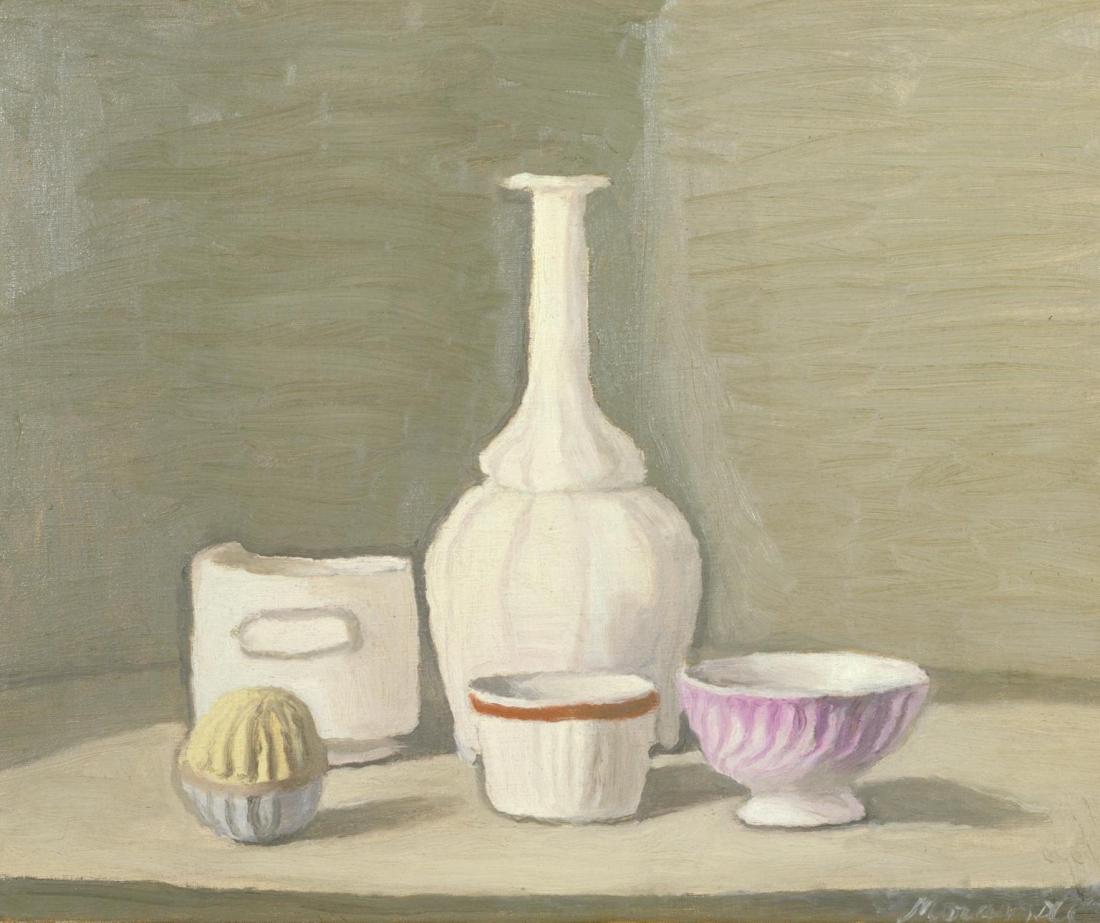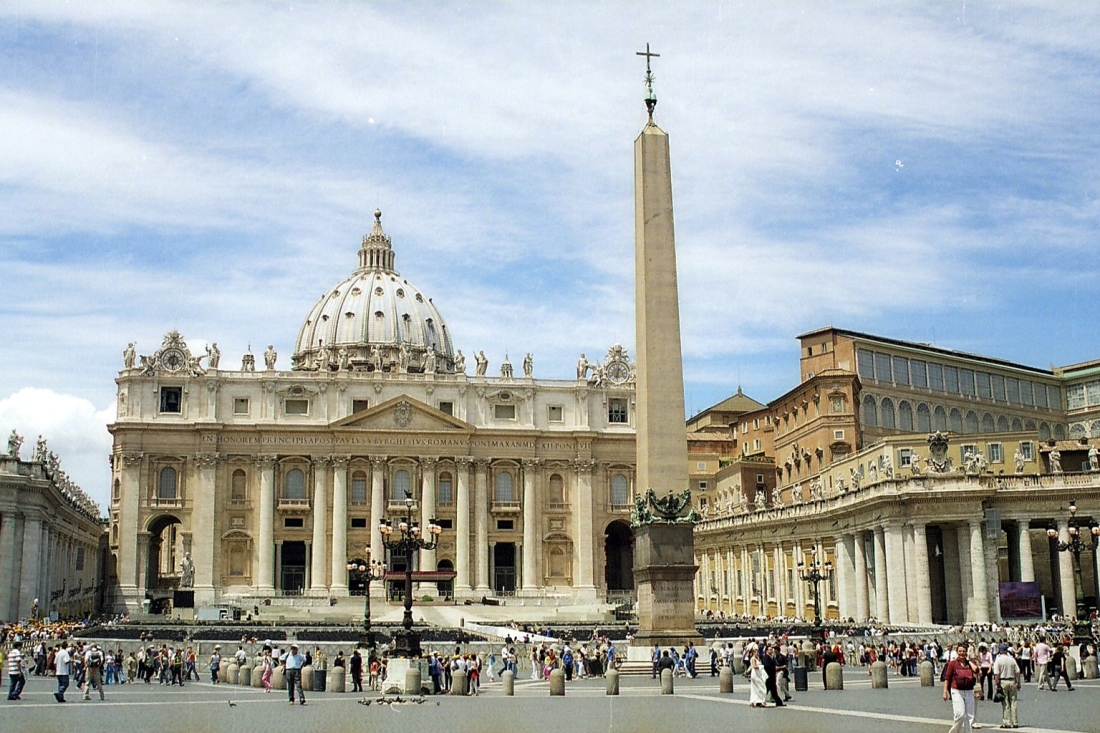I will be presenting my work on October 10th 2019 at the annual ASA conference. Here’s my handout.
Introduction: state of the art
Three approaches to site-specific art according to the literature (esp. Miwon Kwon, One Place after Another, 2002):
- phenomenological: e.g. Nancy Holt, Sun Tunnels, Utah Desert, 1976;
- institutional: e.g. Mierle Laderman Ukele, ‘Maintenance Art’ performances, 1973;
- discursive: e.g. Group Material’s festival guide for Points of Entry, 1996 (for criticisms see Jason Gaiger, “Dismantling The Frame”, BJA 49, 2009).



- All artworks or instances of artworks are physically located. Some artworks are sited.
Physically located artworks: e.g. Giorgio Morandi, Still Life, 1946. For all artworks, aspects of the physical environment where they are encountered matter to their perception only in so far as they contribute to making the vehicles of the works perceivable in a way that respects their makers’ sanctions (see Sherri Irvin, “The Artist’s Sanction in Contemporary Art”, JAAC 63, 2005).

Sited artworks: e.g. Ryder Cooley, Deer mural, Albany (NY), 2007; Carlo Marocchetti, Gioacchino Rossini, Pesaro (Italy), 1864; Lorenzo Quinn, Support, Venezia (Italy), 2017. The vehicles of some artworks aren’t single physical objects or events but rather sets constituted by certain physical objects or events plus the sites where they are installed or take place. Such works are sited. Again, to understand whether the work’s vehicle extends to the space where the work is installed we need to understand what has been sanctioned by the work’s maker. Most, or perhaps all sited artworks respond to the sites where they are sited, i.e. display certain features as a consequence of their maker’s creative engagement with aspects of their site of collocation. Being sited is the first condition for site-specificity.



- Only some sited artworks incorporate their sites into their artistic media
An art-medium isn’t merely the physical vehicle of an artwork (e.g., for paintings, the pigment on a surface) but it consists of compositional ingredients that are themselves informed by the purposiveness of the entire work (e.g., for paintings, purposeful systems of brushstrokes, i.e. intended forms and colors). The purpose is to communicate some content or, as D. Davies puts it, “to articulate an artist’s statement” (“Medium in Art”, The Oxford Handbook of Aesthetics, ed. J. Levinson, OUP 2005: 183). Paintings, for instance, are, at a minimal level, about the objects depicted by the forms and colors intentionally traced on their surfaces.
My view is that sited artworks divide into two groups: on the one hand, there are artworks that respond to their sites by articulating certain contents through their media (e.g. Rossini’s statue); on the other hand, there are works that respond to their sites by incorporating their sites into their media, thereby conveying some content through such sites (e.g. the deer mural, Support, José Fuster’s Fusterlandia [since 1975]). Both kinds of works can respond to either particular sites or to sites qua tokens of certain types of sites.

I suggest that only works that incorporate their sites into their media are good candidates for qualifying as site-specific. For the notion of specificity to a site to make sense the link to the site has to be strong and such a strong link is displayed by works that incorporate their site into their media, and not by merely site-responsive works. Still, I believe, this is not yet enough for a work to count as site-specific.
- Only some sited artworks are (partially) about their sites
Works that aren’t about their sites: e.g. the deer mural.
Works that are (partially) about their sites: e.g. Rossini’s statue; Support; Fusterlandia.
Being (partially) about the site is the third condition for site-specificity.By restricting the realm of site-specific art to works like Support and Fusterlandia I believe we can do justice to a key concern of art-theoretical literature on site-specific art, which stresses that site-specific art is a peculiarly (although perhaps not exclusively) contemporary phenomenon, concerned with making the public’s attention focus on the works’ locations. Such a switch of attention is secured by works that are both about their locations and such that they exploit their locations creatively by incorporating them into their media. On the contrary, works that are about their locations but merely respond to their sites by articulating a certain content through their media are extremely widespread and don’t seem to have developed consistently out of a concern with making the public’s attention focus on their locations – such category includes not only contemporary works such as e.g. Laderman Ukele’s ‘maintenance art’ performances, but also e.g. the Rossini and Garibaldi statues as well as many works of architecture from the past (e.g. St. Peter’s Basilica in Roma is both sited and about its site – the city of Rome – to whom it pays homage by reproducing numerous features of ancient Roman architecture).
